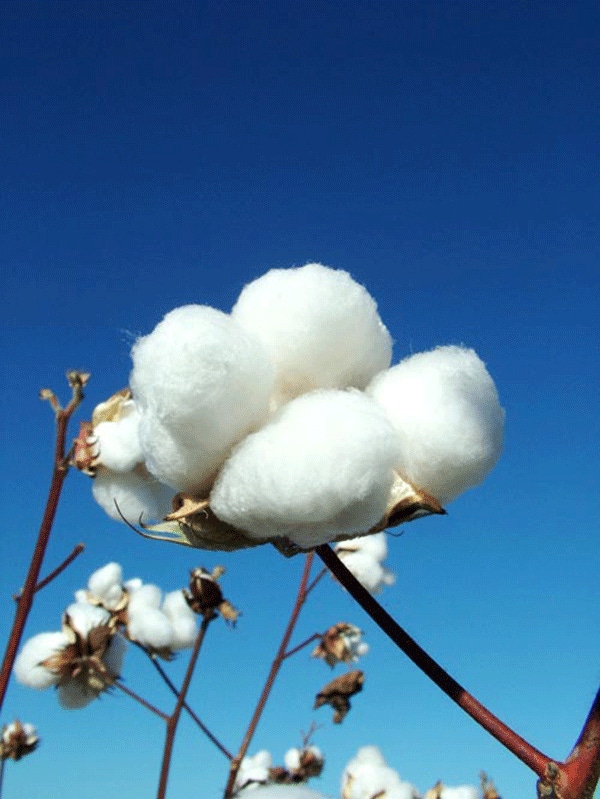December 14, 2010

Cotton growers in the Southeast got another tool for the 2011 season with the announcement by Deltapine of the release of DP 1137 B2RF cotton variety.
The new variety is one of two varieties, along with DP 1133 B2RF, to be released by Deltapine and Monsanto as part of their New Product Evaluator program, conducted with 180 growers across the Cotton Belt.
“DP 1137 is going to be better suited for the Carolinas and on down into Georgia and Alabama,’’ says Dave Rhylander, who heads Deltapine’s cotton seed marketing team.
“We tested this variety as part of our on-farm New Product Evaluation Program (NPE) in 2009 and 2010, and it performed well under some very different conditions. In 2009, it did well both yield and quality-wise in some unusually cool and wet conditions. In 2010, it did equally as well under hot and dry condition,” Rhylander says.
Unadilla, Ga. grower Clegg Griggs tested all the Class of 2009 and 2010 varieties on his farm in central Georgia. “The Class of 2011 varieties, across the board, out-performed any other varieties in our tests,” he says.
Griggs notes that the single highest-yielding variety in the Class of 2011, on his farm, was not one of the two that are being brought to the marketplace for 2011.
Rhylander explains that it is not unusual for some of the varieties to perform better on any of the 180 farms that participate in the NPE program. Evaluations are made based on overall performance in a particular region of the country.
For example, Deltapine did not release DP 1133 in 2010, even though it out-performed all other varieties in some parts of the lower Delta. This test variety went back into the NPE program in 2011 and was released, based on its performance in the 2010 crop year testing.
“DP 1133 is likely to be a better fit for growers in the Delta and on into East Texas. For the second year in a row it was a top performer and should be a good tool for growers in the Delta and on into Texas,” Rhylander says.
“We have good seed supplies for both new varieties. The fact they are grown for specific regions is beneficial in helping us produce enough seed, rather than trying to grow seed quickly for the entire Cotton Belt,” Rhylander concludes.
You May Also Like




